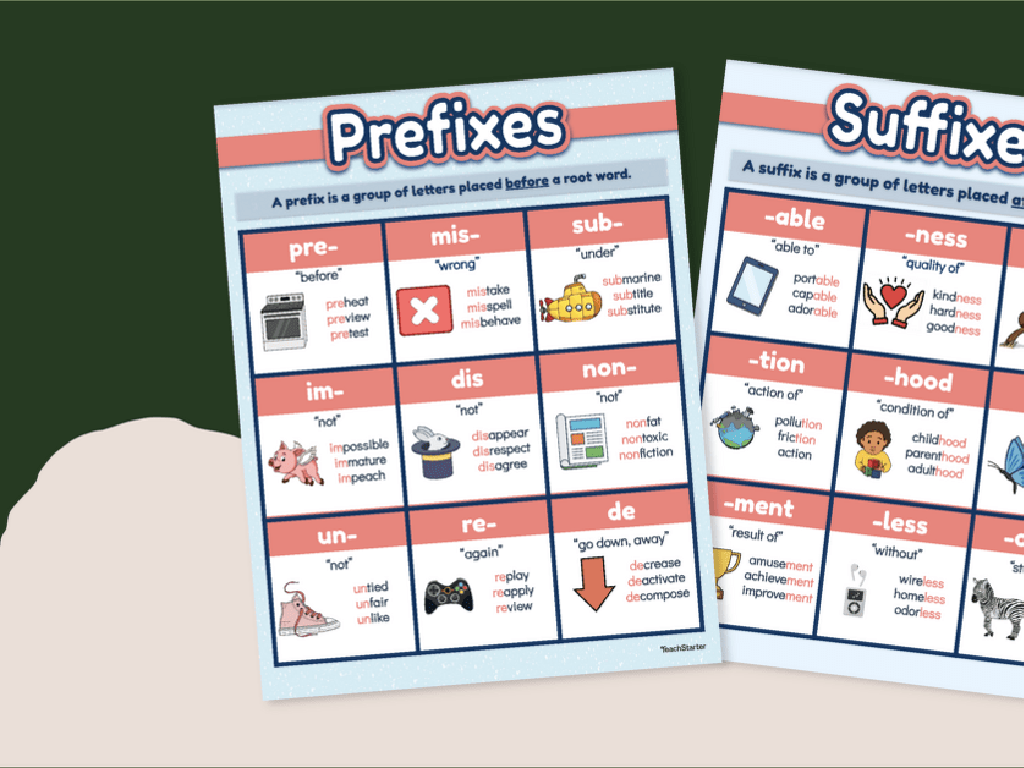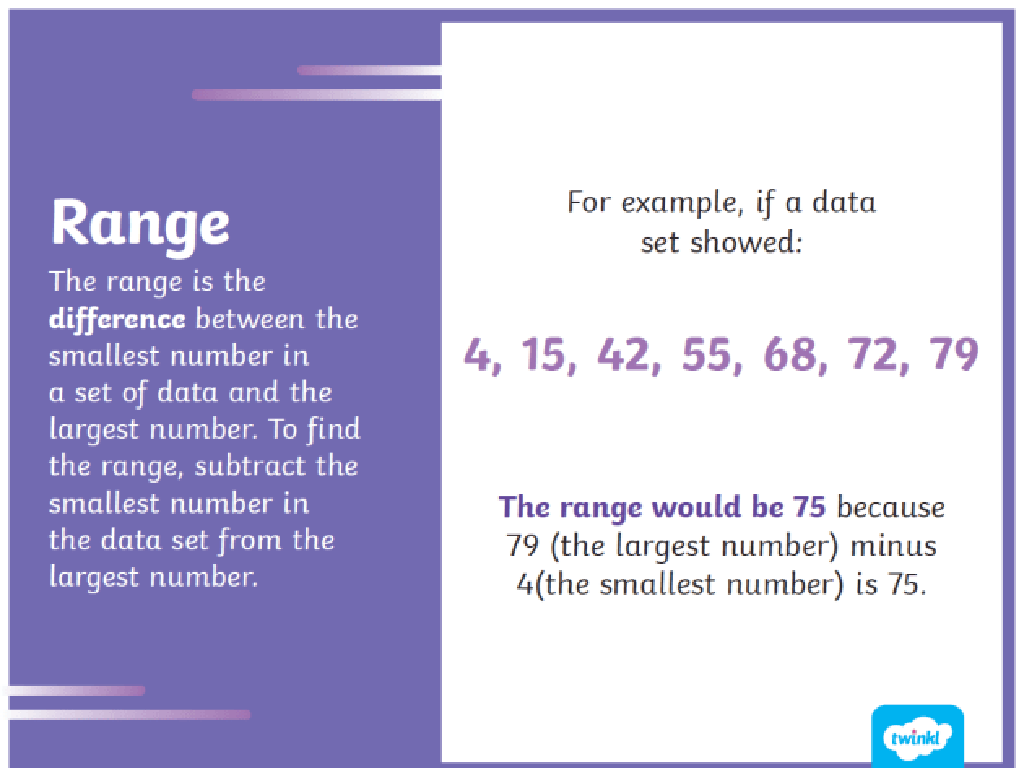Antebellum Period: Slavery And Politics Part I
Subject: Social studies
Grade: Fifth grade
Topic: Early 19Th Century American History
Please LOG IN to download the presentation. Access is available to registered users only.
View More Content
Exploring the Antebellum Period
– What is the Antebellum Period?
– The era in U.S. history before the Civil War, from 1783 to 1861.
– Time before the Civil War
– A period of deep division and growing tensions between the North and South.
– Focus on Slavery and Politics
– Learn how slavery shaped political decisions and conflicts.
– Significance for America
– Understanding this era helps explain the causes of the Civil War.
|
The Antebellum Period is a critical time in American history that set the stage for the Civil War. It’s important for students to grasp the social and political climate of this era, particularly the contentious issue of slavery. This lesson will delve into how slavery influenced political debates and policies, and how these tensions eventually led to a divided nation. Encourage students to think about how the past shapes the present and to consider the lasting impact of this period on today’s society.
Exploring the Antebellum Period
– What is the Antebellum Period?
– Time before the Civil War, from 1781 to 1860
– Life in early 19th century
– Daily life, work, and family roles during this time
– Society’s structure and norms
– How people were organized in society, including class and race
– Era’s impact on American history
– How this period set the stage for the Civil War and shaped the nation
|
The Antebellum Period refers to the years after the American Revolution and before the Civil War. It’s a time of significant growth and change in the United States. In this slide, we’ll define the era, discuss what life was like for people, including the roles of family and work, and the structure of society. We’ll also talk about the importance of this period in shaping American history, particularly how it led to the Civil War. Encourage students to think about how the past influences the present and to consider the different experiences of people during this time.
The Role of Slavery in the Antebellum South
– Slavery’s role in the South
– Slavery was a key part of Southern life and economy.
– Enslaved people’s daily life
– Enslaved individuals worked long hours, had little freedom, and faced harsh conditions.
– The cotton economy’s dependence
– Cotton was ‘king’ and the economy grew because of slave labor.
– Impact of slavery on society
|
This slide aims to educate fifth-grade students on the pivotal role that slavery played in the Antebellum South. It will cover how slavery was ingrained in the Southern economy and culture, the harsh realities of the daily lives of enslaved people, and the significant impact of the cotton industry, which thrived on the exploitation of slave labor. The discussion should be handled sensitively, ensuring that students understand the gravity of the subject. It’s also important to highlight the resilience and strength of the enslaved people despite the inhumane conditions they endured. The slide sets the stage for a deeper conversation about the political, economic, and social aspects of slavery during this period in American history.
Politics of the Antebellum Era
– Key politicians and slavery views
– Leaders like Calhoun supported slavery, while others like Adams opposed it.
– The Missouri Compromise’s role
– It admitted Missouri as a slave state and Maine as free, maintaining balance.
– Debate: States’ rights vs. federal power
– Southern states favored states’ rights to decide on slavery, the North favored federal decision.
– How these issues led to conflict
|
This slide aims to introduce students to the complex political landscape of the Antebellum Period, focusing on the differing opinions on slavery. Influential politicians like John C. Calhoun advocated for slavery, while John Quincy Adams stood against it. The Missouri Compromise was a significant event that attempted to balance the power between slave and free states. The ongoing debate between states’ rights and federal authority highlighted the growing division in the country. Understanding these political dynamics is crucial for students to grasp the causes that led to the Civil War. Encourage students to think about how compromise was used to resolve conflicts and what happens when compromises fail.
The Abolitionist Movement
– Emergence of abolitionism
– Abolitionism sought to end slavery in the U.S.
– Abolitionist leaders
– People like Harriet Tubman and Frederick Douglass worked to free slaves.
– Fighting against slavery
– Many resisted slavery through rebellions and escape networks like the Underground Railroad.
– Struggle for freedom
– Abolitionists fought for the freedom and equality of all people.
|
This slide introduces the Abolitionist Movement, a significant force in the Antebellum Period that aimed to abolish slavery. Highlight the rise of the movement and its impact on society. Discuss key figures such as Harriet Tubman, who led slaves to freedom via the Underground Railroad, and Frederick Douglass, a former slave who became a leading voice for abolition. Explain how enslaved people resisted through various means, including rebellions and escape attempts. Emphasize the abolitionists’ relentless pursuit of freedom and equality, setting the stage for the Civil War. Encourage students to reflect on the courage and determination of those who fought against slavery.
Life in the North vs. the South
– Economic differences North vs. South
– North: industry and trade, South: agriculture and plantations
– Social life: North vs. South
– North: more cities and schools, South: rural with large farms
– Tensions from regional differences
– Disagreements over slavery and power in government
– Free vs. slave states balance
– Compromises tried to keep an equal number of free and slave states
|
This slide aims to highlight the stark contrasts between the Northern and Southern states during the Antebellum Period. Emphasize the North’s economy based on industry and trade, while the South relied heavily on agriculture, particularly cotton plantations that used slave labor. Socially, the North had more urbanization and educational opportunities, whereas the South was more rural with a focus on farming life. These economic and social differences led to increasing tensions, especially over the issue of slavery, which was a major factor in the political power struggle between the regions. The balance of power was delicately maintained by ensuring an equal number of free and slave states, but this balance was constantly under threat as new states were added to the Union. Encourage students to think about how these differences could lead to conflict and the importance of compromise in a diverse nation.
Role-Play Debate: Slavery in the Antebellum Period
– Divide into abolitionists and politicians
– Debate on slavery’s morality and economics
– Present your character’s viewpoint
– Think like the person you’re representing, what would they say?
– Class discussion on debate takeaways
|
This class activity is designed to engage students with the complex issues of slavery during the Antebellum Period through a role-play debate. By dividing the class into abolitionists, who were against slavery, and politicians, who had varied views, students will explore different perspectives on the morality and economic aspects of slavery. Encourage each student to research and embody their character’s viewpoint, presenting arguments and counterarguments during the debate. After the role-play, lead a discussion to reflect on what was learned. Possible activities: 1) Have students write a brief reflection on their character’s stance. 2) Create posters summarizing each viewpoint. 3) Write a short essay from their character’s perspective. 4) Hold a mock vote on a related issue. 5) Discuss how these historical debates compare to modern discussions on freedom and rights.






